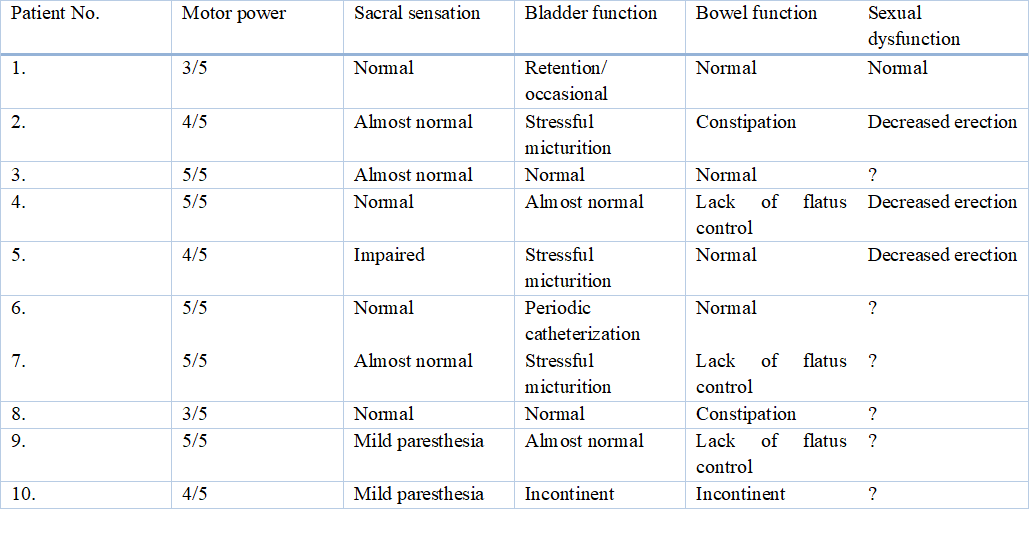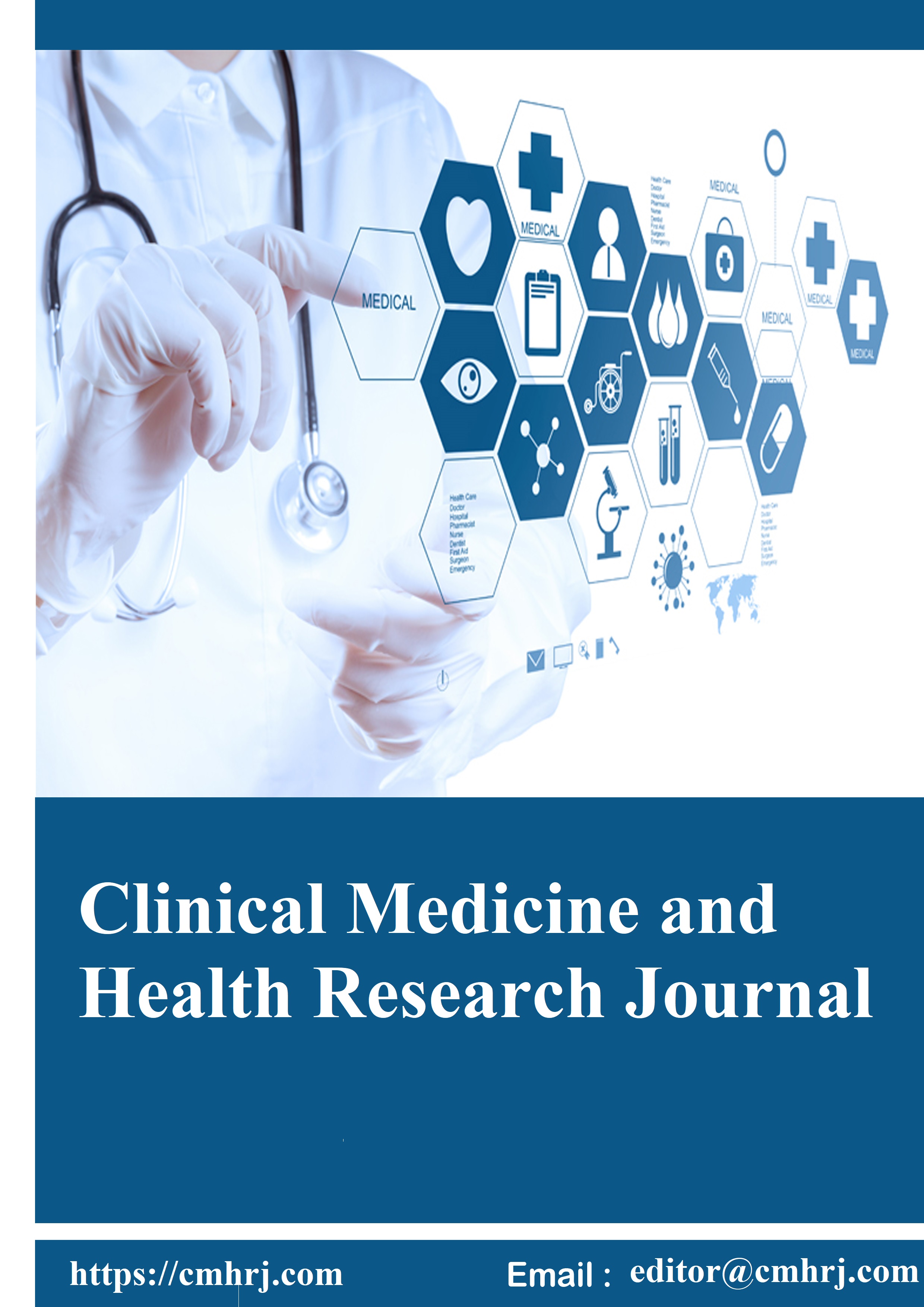Mclaren AC, Baily Sl, CES: a complication of lumbar discectomy, Clin ortho relat Res . 1986.204: 143-9
Gardner A, Gardner E, Morley T. Cauda equina syndrome: a review of the current clinical and medico-legal position. Eur Spine J. 2011 May;20(5):690-7
Shields LBE, Iyer VG, Zhang YP, Shields CB. Acute cauda equina syndrome following orthopedic procedures as a result of epidural anesthesia. Surg Neurol Int. 2018 Apr 10;9:81
Jain M, Das SS, Behera S, Tirpude A. Non-compressive postoperative cauda equina syndrome following decompression and transforaminal interbody fusion surgery. BMJ Case Rep. 2018 Nov 28;11(1):e227219.
Deburge A, Bitan F, Lassale B, Vaquin G. Syndrome de la queue de cheval par migration d'un greffon graisseux après laminoarthrectomie [Cauda equina syndrome caused by migration of a fat graft after laminoarthrectomy]. Rev Chir Orthop Reparatrice Appar Mot. 1988;74(7):677-8.
Epstein NE. Surgically confirmed cauda equina and nerve root injury following percutaneous discectomy at an outside institution: a case report. J Spinal Disord. 1990 Dec;3(4):380-2
Maki Y, Takayama M, Hayashi H, Yokoyama Y, Agawa Y. Cauda Equina Syndrome Due To Dural Sac Shift with Engorgement of the Epidural Venous Plexus: Rare Complication After Lumbar Microdiscectomy. World Neurosurg. 2017 Aug;104:1048.e15-1048.e18.
Kebaish KM, Awad JN. Spinal epidural hematoma causing acute cauda equina syndrome. Neurosurg Focus. 2004 Jun 15;16(6):e1.
Takayama M, Maki Y, Kawasaki T. Cauda equina syndrome after L5-S1 posterior decompression surgery showing a "convexity sign" caused by engorgement of the ventral epidural venous plexus: A case series. Surg Neurol Int. 2022 Mar 4;13:82.
Eser O, Boyaci MG, Sonmez MA. Cauda Equina Syndrome that developed after lumbar disc prosthesis: Case report. J Turk Spinal Surg. 2012 Jul;23(3):227-232.
Yuan T, Zhang J, Yang L, Wu J, Tian H, Wan T, Xu D, Liu Q. Cauda equina syndrome without motor dysfunction following lumbar spinal stenosis surgery: A case report. Medicine (Baltimore). 2019 Jul;98(29):e16396.
Kakuta, Y., Iizuka, Y., Mieda, T., Sonoda, H. (2021). Transdural cauda equina herniation after uneventful lumbar surgery: A case report and review of the literature. Interdisciplinary Neurosurgery: Advanced Techniques and Case Management, 24(101090), 101090.
Badra, M. I., Rahal, M. H. J., Najjar, E., & Natout, N. Y. (2018). Acute cauda equina syndrome after percutaneous transforaminal endoscopic discectomy. Journal of Minimally Invasive Spine Surgery and Technique, 3(2), 66–69.
Duncan JW, Bailey RA. Cauda equina syndrome following decompression for spinal stenosis. Global Spine J. 2011 Dec;1(1):15-8. doi: 10.1055/s-0031-1296051.
Aslantaş HO, Kutlay Ş, Güneş S, Genç A, Ünal S, Peker E, Aksun ZÖ. Elsberg Syndrome: One of the Causes of Cauda Equina Syndrome - A Case Series and Review of the Literature. J Ankara Univ Fac Med. 2023 Dec;76(4):373-377.
Jensen RL. Cauda equina syndrome as a postoperative complication of lumbar spine surgery. Neurosurg Focus. 2004 Jun 15;16(6):e7.
Tan KA, Sewell MD, Markmann Y, Clarke AJ, Stokes OM, Chan D. Anterior lumbar discectomy and fusion for acute cauda equina syndrome caused by recurrent disc prolapse: report of 3 cases. J Neurosurg Spine. 2017 Oct;27(4):352-356.
Urvoy P, Perlinski S, Berger M, Butin E, Mestdagh H. Syndrome de la queue de cheval par migration post-opératoire précoce d'un lambeau graisseux après laminectomie [Cauda equina syndrome due to early postoperative migration of an adipose tissue flap following laminectomy]. Acta Orthop Belg. 1990;56(2):513-6.
Henriques T, Olerud C, Petrén-Mallmin M, Ahl T. Cauda equina syndrome as a postoperative complication in five patients operated for lumbar disc herniation. Spine (Phila Pa 1976). 2001 Feb 1;26(3):293-7.
Qureshi A, Sell P. Cauda equina syndrome treated by surgical decompression: the influence of timing on surgical outcome. Eur Spine J. 2007 Dec;16(12):2143-51.
Krishnan A, Kohli R, Degulmadi D, Mayi S, Ranjan R, Dave B. Cauda Equina Syndrome: A Review of 15 Patients Who Underwent Percutaneous Transforaminal Endoscopic Lumbar Discectomy (PTELD) Under Local Anaesthesia. Malays Orthop J. 2020 Jul;14(2):101-110.
ankang L, Leiming Z, Lewandrowski KU, Xiangyu T, Zexing Z, Jianbiao X, Lin Z, Heng Y, Xifeng Z. Full Endoscopic Lumbar Discectomy Versus Laminectomy for Cauda Equina Syndrome. Int J Spine Surg. 2021 Feb;15(1):105-112.
Ashour, A., Mousa, A., Elshamy, W., Elsayed, A. Minimally Invasive Microscopic Lumbar Discectomy for Treatment of Cauda Equina Syndrome, Is It Effective?. Pan Arab Journal of Neurosurgery, 2023; 18(2): 103-112.
Dimopoulos V, Fountas KN, Machinis TG, Feltes C, Chung I, Johnston K, Robinson JS, Grigorian A. Postoperative cauda equina syndrome in patients undergoing single-level lumbar microdiscectomy. Report of two cases. Neurosurg Focus. 2005 Aug 15;19(2):E11.
Lundborg G. Structure and function of the intraneural microvessels as related to trauma, edema formation, and nerve function. J Bone Joint Surg Am. 1975 Oct;57(7):938-48.
Fokmare, Pranali, Joshi, Medhavi, Phansopkar, Pratik. (2022). Cauda Equina syndrome rehabilitation strategies post decompression- Discectomy – A case report. Medical Science. 26. 1-7.
Hazelwood JE, Hoeritzauer I, Pronin S, Demetriades AK. An assessment of patient-reported long-term outcomes following surgery for cauda equina syndrome. Acta Neurochir (Wien). 2019 Sep;161(9):1887-1894.
Srikandarajah N, Wilby M, Clark S, Noble A, Williamson P, Marson T. Outcomes Reported After Surgery for Cauda Equina Syndrome: A Systematic Literature Review. Spine (Phila Pa 1976). 2018 Sep 1;43(17):E1005-E1013.
Lee KY, Lim YH, Kim SH. Prognostic Factors of Clinical Outcome of Postoperative Cauda Equina Syndrome. J Korean Soc Spine Surg. 2014 Mar;21(1):30-35.



